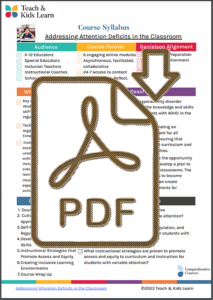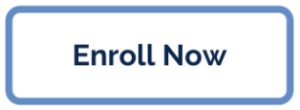Building Language Skills with Multilingual Learners, Grades K-12
Course Description
|
We are all language learners; we never learn all of the words in a given language or express our ideas and emotions in all of the ways available to us through language. Language is a critical aspect of our cultural identities. As students learn academic topics, they build upon the linguistic assets they bring to school.
Students’ language knowledge and vocabulary expand as we introduce new concepts and skills, and use new technologies in our classroom lessons. Rigorous standards demand that students develop academic language, whether native English speakers, multilingual learners in English-only programs, or students participating in bilingual programs. |
Throughout this course, you will learn practical ways to integrate strategies to increase the amount, quality, and rigor of academic language through SWRLing: explicitly teaching and building in speaking, writing, reading, and listening activities in your daily instructional practices.
By presenting practical techniques and resources for accessing cutting-edge ideas and tools, this course will increase your ability to develop and maintain an academically rigorous classroom where students are validated for their linguistic assets and strengths and focused on academic content and the language accompanying it.
Essential Questions
- How do language skills develop in multilingual learners?
- What is the relationship between language and identity?
- What are the best ways to enhance the quantity, quality, and rigor of academic language?
- How do asset-focused approaches to teaching multilingual learners support language and identity development?
Course Agenda
|
|
Course Syllabus |
|
Comments from Teachers
“I made changes to my classroom to help students with organization and self-regulation. I am using visuals more and using different modalities for learning and written expression.”
“Some of my favorite topics in this course were brain breaks, a valuable get-to-know-you survey, explicit instruction, organization, executive function, metacognition, and activities that foster teacher-parent connections.”
Danielson Teacher Framework Course Alignment


